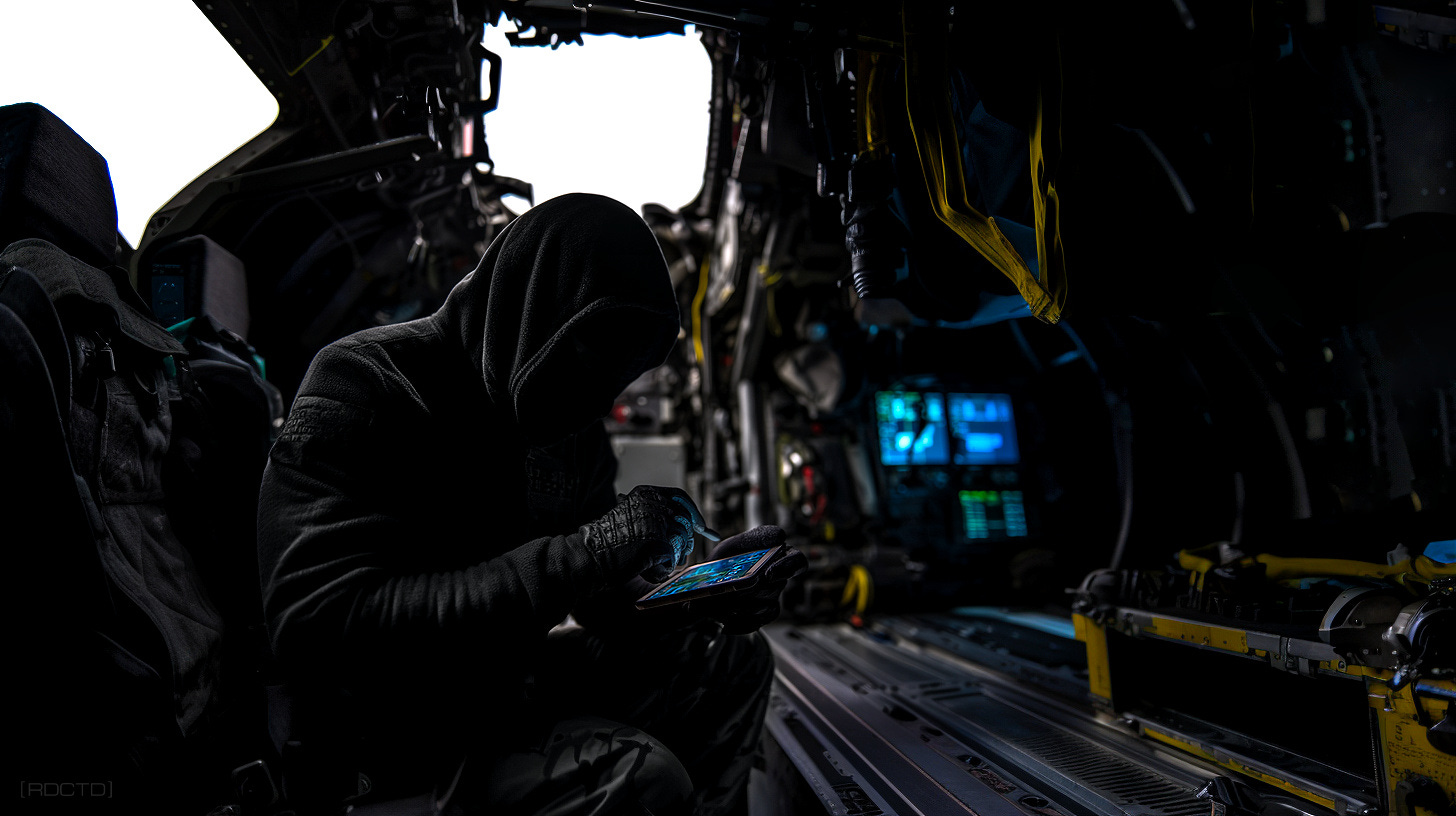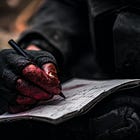The 'Margin Edge' Directive: Weaponizing Your Downtime
Refinement on Standby
The directive of using margins of the day as an edge, a habit of extracting value and building mastery from every lull. Shaping capability from moments that most people waste.
This tradecraft principle is centered on optimizing these “margins of time”. For a covert operative, every minute has potential operational or developmental value.
It’s the systematic repurposing of idle or transitional moments (waiting for a meeting to start, standing in an airport queue, sitting in transit, on the toilet) into micro-windows for learning, planning, or cognitive sharpening.
The goal isn’t to fill every waking second with activity, but to train the mind to identify and exploit underutilized time automatically. Instead of doomscrolling social media for an hour in a taxi, you learn more about a topic you’re already an expert in - even if it increases your skill level by just .01 percent… Then scroll random shit for the last 10 minutes of the ride after learning that small but actionable skill.
This mindset compounds small improvements into strategic advantages - each time adding an incremental edge to your state of mind and being.
Small improvements, repeated relentlessly, become structural.
Implementation starts with awareness.
The operative must first recognize idle periods as opportunities, not interruptions. This requires recalibrating perception. What others see as “dead time” becomes tactical bandwidth - usable, flexible, and often overlooked.
Carry tools that support this. An encrypted notepad app in the phone for field planning, concise briefings stored offline, or compact learning modules optimized for quick review.
For instance, an operative commuting on a train can review language flashcards, refine cover narratives, mentally rehearse emergency action drills, or run short mental simulations of possible mission deviations.
Even brief pauses (waiting for extraction, a meeting, or clearance) can serve as mental checkpoints to assess objectives and recalibrate situational awareness.
Awareness is first noticing the time available, then having the discipline to shift immediately into purposeful action without hesitation, converting every moment into operational gain.
The difference between ready and unready may be what you do while waiting.
Next, structure the content of your incremental learning.
Idle time should rarely be spent deciding what to do, that decision should already be made. Maintain preloaded modules for quick access: ten-minute technical briefs, five-minute situational analysis exercises, or audio-based reviews of tradecraft techniques.
Keep these in a rotation system - review, refine, replace - so your downtime learning remains fresh and relevant. Even mental rehearsal counts: visualizing infiltration routes, practicing cognitive stress management, or refining deception techniques during quiet intervals builds operational depth in ways that compound rapidly.
Tag modules by priority and difficulty so you can pull exactly what the moment requires. Language work on a long commute, a two-minute checklist before a meeting, or a micro-drill while standing in line.
Automate access and triggers where possible (offline folders, a pinned “quick-hit” playlist, or location/time-based prompts) so the system runs on habit, not willpower.
You can’t seize the day if you ignore the moments in between that build it.
Third, adapt the “always-on” operational mindset.
This means maintaining a quiet, deliberate readiness to optimize at any given moment, not living in a state of constant strain. When the mission doesn’t demand total rest or immediate focus elsewhere, the mind should instinctively pivot to productive engagement without conscious prompting.
Over time, this creates a powerful habit loop: identify spare time → deploy micro-learning or micro-planning → gain incremental improvement.
The key is consistency and immediacy. The faster you transition from idle to purposeful action, the stronger the neural reinforcement becomes. The brain starts to interpret pauses not as breaks, but as micro-opportunities for sharpening capability.
Over weeks and months, this mindset becomes self-sustaining, evolving into an automatic operational reflex. Operatives who reach this point don’t “try” to use time efficiently - they simply don’t know how not to - a rare and decisive advantage in the field.
Growth isn’t found in grand gestures, it’s built in fragments of discipline no one sees.
This doesn’t advocate eliminating rest or leisure, it enforces intentionality.
True recovery is tactical, designed to restore capability rather than drain it. Rest should be deliberate and structured, not passive consumption disguised as relaxation.
Scrolling aimlessly, zoning out to noise, or drifting into mental idleness leaks cognitive energy and dulls awareness. In contrast, intentional rest - controlled breathing cycles, combatives meditation, visualization resets, or short decompression rituals - serves a defined operational purpose… Recovery for sustained performance under pressure.
Schedule downtime with the same precision you allocate tasking. Treat it as an active investment in readiness, not an afterthought.
The operative masters the toggle between recovery and productivity, understanding that both are operational states within the same continuum of efficiency - each chosen deliberately, never surrendered to mental entropy.
While others wait, you prepare. That’s the quiet architecture of superiority.
The Margin Edge Directive converts time itself into a tool of tradecraft.
Minutes add up to hours, hours become expertise, and expertise transcends mastery. This directive isn’t as basic as just “working harder”, it’s working smarter at the margins, where most people surrender ground. It’s about embedding constant micro-advancement into your operational rhythm until it becomes reflexive.
The result is a professional whose edge sharpens quietly, relentlessly, without fanfare. While others waste their waiting, the operative evolves.






Where can I find ten-minute technical briefs, five-minute situational analysis exercises, or audio-based reviews of tradecraft techniques? Rec commendations? Great article.
Special Tactics and the Warfare Mastery Institute have some great manuals for this.